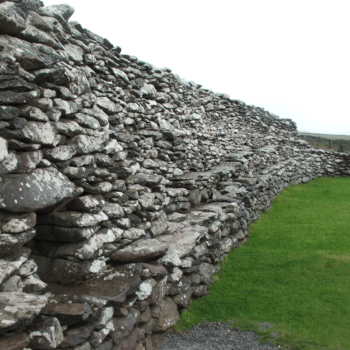
Evidence-Based Coaching: Does the Evidence Make Any Difference?
We carry in our heads and hearts, basic notions about how to plan for effective strategies that makes best use of the evidence collected regarding any field of professional practice. Some of these “models,” or “strategies,” are rather simpleminded, such as those based on carrot and stick assumptions: make use of the evidence to formulate the best possible practice and then threaten to take away some source of security or status, or promise to provide more of what the target of your change efforts wants. Some are more elaborate. Basically, however, four very different assumptions about what leads people or organizations to embrace and make use of the evidence collected regarding any professional practice are represented by four rather different change strategies. They are the Rational Planning, Human Problem-Solving, Social Interaction and Political approaches.
The first three emerge from the seminal scholarship of Ronald Havelock and his associates many years ago at the University of Michigan’s Center for Research on the Utilization of Scientific Knowledge. They observed that all utilization strategies emphasize one of three particular aspects of the basic communication act: I create a message which I deliver in such a way that the receiver (myself, someone else or a whole organization) accepts it and acts on it. One set of strategies, which Havelock called Research, Development and Diffusion (R&D), and which I call Rational Planning, concentrates mainly on developing a terrific message. A second set, called Problem-Solving by Havelock, focuses upon how the receiver comes to feel the need for and then the willingness to accept the evidence. The third set, called Social Interaction or Communication of Innovations, has been offered by Everett Rogers and other Diffusion of Innovation researchers. It emphasizes the process and factors by which the evidence gains the attention and acceptance of the receiver and focuses on the social act of communicating new notions. The fourth set, Political, was added to the list by my colleague. Jack Lindquist (1978). This set dwells on this same part of the communication act as the Problem-Solving model, but with quite different assumptions about how to generate change.
- Posted by Bill Bergquist
- On November 21, 2014
- 0 Comment


Leave Reply